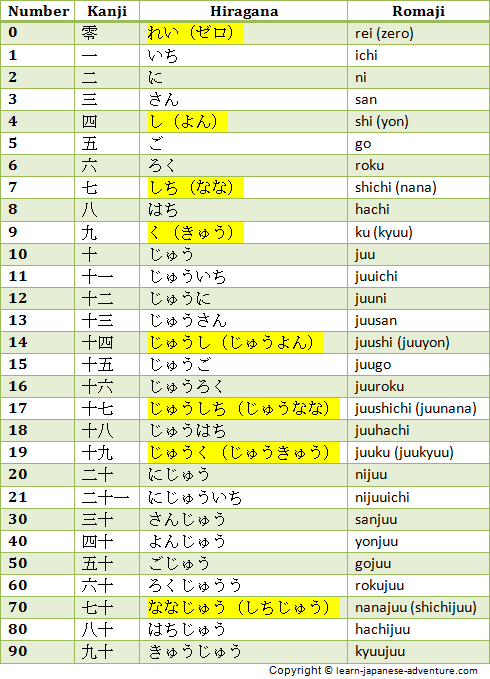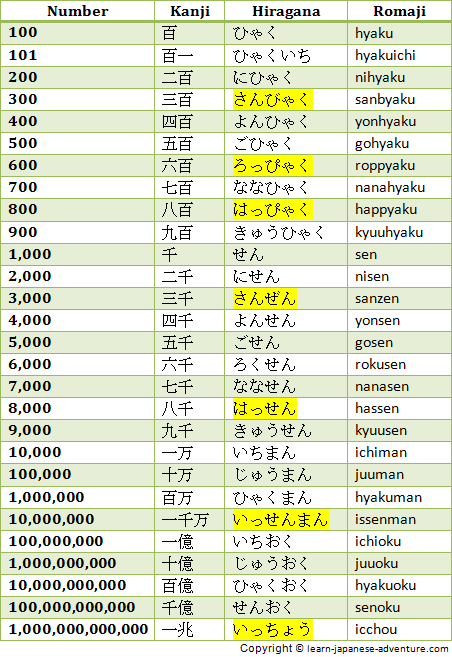1. watashi wa Augy desu. - I am Augy
2. Narong-san wa Nihon-jin dewa arimasen. - Narong-san is not japanese.
3. Ali-san wa Kenshusei desu ka - Is Ali-san trainee?
4. Lee-san mo Kenshusei desu. - Lee-san too trainee.
Reibun(Example sentence): Rei-Example, Bun-Sentence
Today I learnt new words:
Dai 1ka- Lesson 1
Nan-sai - How old?
Nan-ji - what time?
jikan - time
Ano hito - That person
Otoko - male
Kanajo - female
Kono - This
suru -do, suru noga-doing(noga is added for continuous tense)
Bun - sentence
Bunkei - sentence structure
Reibun - Example sentence
Rei -Example
Kenshusei - Trainee
Kaisa - office
dewa arimasan - no(used for negative sentence)- opposite to `Arimasu`
Renshu - Practice
denki - electricity
dare - who
Benkyou - study
Osu - Push(ex:door)
hiku - pull
kaiten - open
heitan - closed
Other than subject:
shitte imasu ka- Do you know
Wakarimasu ka - Do u understand
Benkyou shimasu - we will study(future) or we study(present)
Minasan - Mr.all
Dozo Yoroshiku -
Hajimemashite - have to say at first meeting.
Note:
Prasent and future sentence is same in Japanese.
ReiBun:
1. Anata wa siva desu ka?
Iie, wathashi wa siva dewa arimasen (or) Chigaimasu
or
Hai, wathashi wa Siva desu (or) so desu
Note: dewa arimasen is very formal
so we can say `ja nai desu`.
2. Tanaka-san wa Nan-sai desuka? - How old Tanaka-san?
3. Yonde kudasai - Please read.
4. Kanojo wa hon o yonde imasu.- She is reading a book.
5. Shitte imasuka - Do you know?
6. Wakarimasu ka - Do u understand?
7. So desu ka! - Oho I see!
8. Siva-san o shitte imasu ka? - Do you know siva?
9. Benkyou shimasu - I will study or I study.
Numbers:
1. from 0 to 10:
Ichi, ni, shi(san),yon, go, roku, shichi(nana), hachi,kyu(ku),ju
2. 10,20,30,100,200,1000,2000,10000,20000
ju, niju, hayaku, nihayaku, sen,nisen, ichiman, niman.
For flat and thin objects, the counter word is まい (mai). So you will say シャツにまい (sha tsu ni mai) for two shirts, and you will say かみさんまい (ka mi san mai) for three pieces of papers. For heavy equipment the counter word is だい (dai). Therefore you will say くるまごだい (ku ru ma go dai) for five cars.
Count 1-10 Non Specified Things!
Tables for Japanese Numbers

The table above shows the numbers from zero to ninety. Take note of the highlighted numbers where there are two different pronunciations.

No comments:
Post a Comment